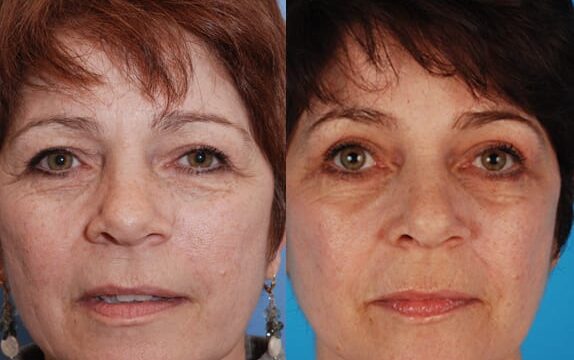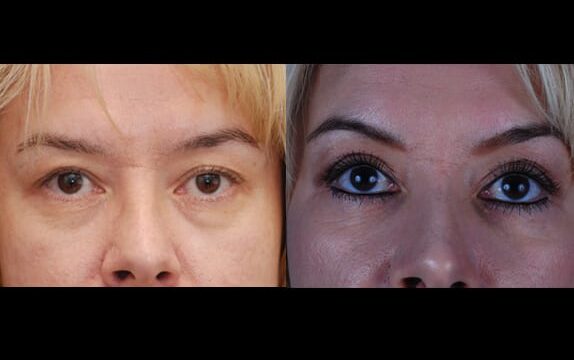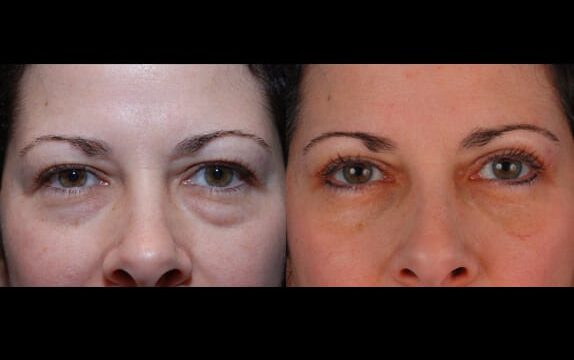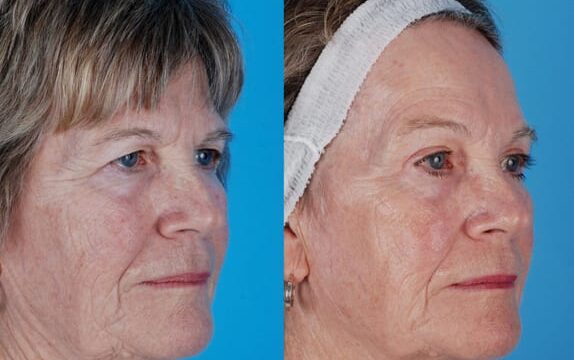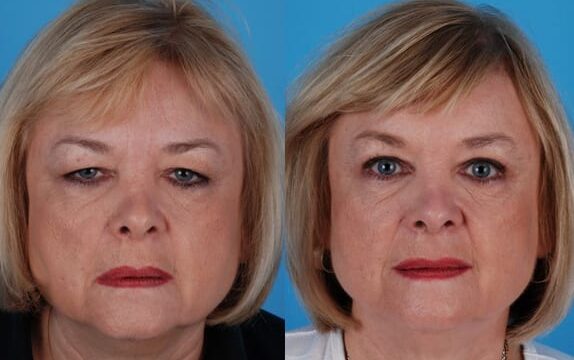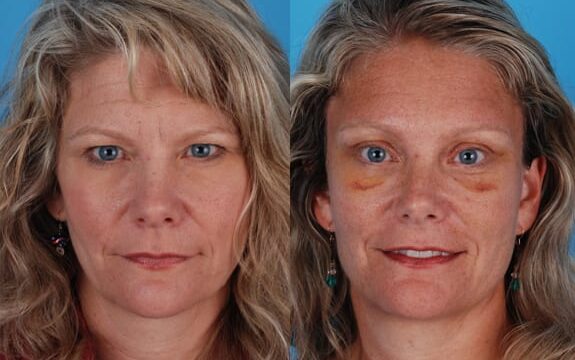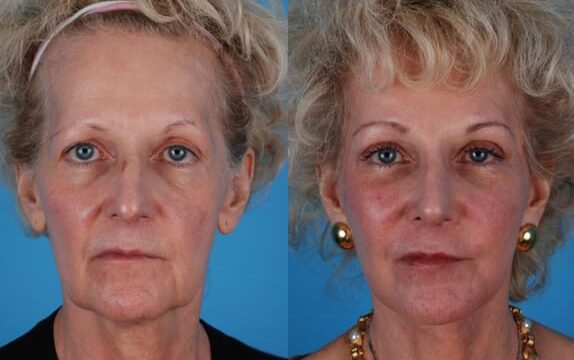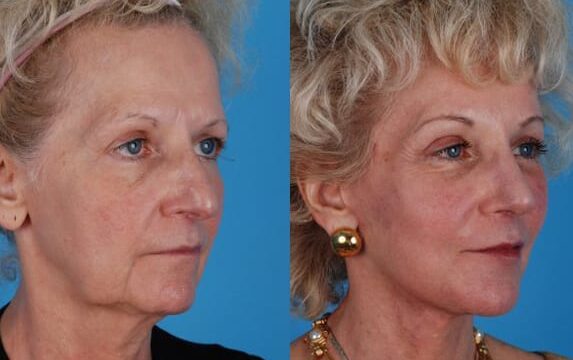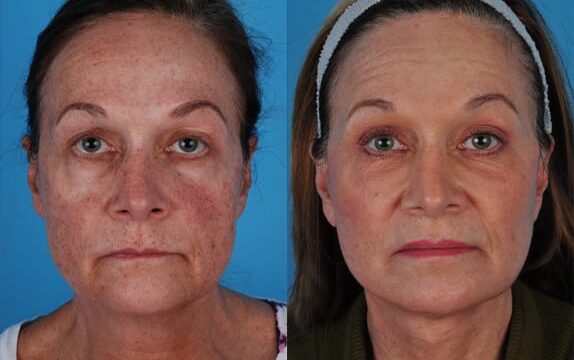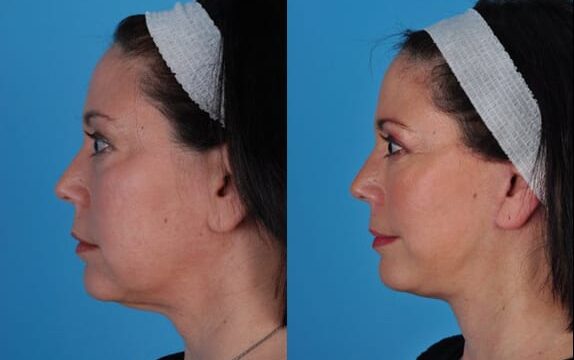HOW IT WORKS
Blepharoplasty, or eyelid surgery, focuses on your eyelids, either upper, lower, or both. It can treat a variety of conditions, including:
- Lower eyelid droopiness that may result in excess appearance of white below the iris
- Puffy skin and bags under the eyes
- Sagging skin at the upper eyelid, resulting in folds that affect the natural contour of the upper eyelid. In extreme cases, this condition may even impair vision
- Excess skin in the lower eyelids
The conditions above, when present, may tend to give you a tired, washed-out look. Many patients elect this cosmetic surgery to restore a youthful and more vibrant look that more accurately reflects their overall energy level.
Initial Consultation
When you meet with Dr. Heffelfinger or Dr. Krein in Philadelphia for your blepharoplasty consultation, they will want to discuss your medical history to be sure you’re a good candidate for this surgery. Be sure to bring all relevant medical history documents you have to show them.
They will want to know to know about other surgeries you have had, any current or past medical problems, eye problems or conditions, your diet, medications you are taking, and general health habits, among other things.
They will then want to talk with you about your reasons for electing this procedure, your expectations, and any other information relevant to your desire to undergo this surgery.
Your doctor will examine your eyelids and the areas around your eyes to be sure this procedure would give you the benefits you seek. He may show you before and after pictures of former patients who underwent similar surgery. These photos will give you an idea of results you might obtain.
They will discuss the surgical procedure, the surgical facilities and anesthetic options available to you. They will inform you of the recovery timeframe and what you might expect during the recovery process.
At the end of the initial consultation, you will have all your questions answered and fully understand the procedure, costs, recovery regimen and expected cosmetic results.
The Procedure
A blepharoplasty will likely be performed in your doctor’s offices as an outpatient. In some cases, however, your surgeon may suggest admission to a hospital for an overnight stay.
Local or general anesthetic surgery will be administered to ensure your surgery is comfortable and as pain free as possible. Again, the anesthetic choice is a decision you will decide with input from your surgeon.
Corrective eyelid surgery leaves very little visible scarring since the incisions can be well hidden within the natural folds of the skin in the eyelid region.
Each surgery, like each patient, is different. However, the incision for droopy skin in the upper eyelid will be made in the natural crease of the upper eyelid. This incision allows your surgeon to reposition and/or remove fat deposits, tighten muscles and tissues, and remove excess skin.
Work on the lower eyelid requires an incision just beneath the lower lash line. Again, this incision allows your surgeon to remove excess skin. Another option is the use of a transconjunctival incision, hidden inside the lower eyelid. This technique is sometimes used to correct lower eyelid conditions and to remove or distribute excess fat.
Your surgeon will close all incisions with absorbable or removable sutures, depending on the incision and your individual profile.
Recovery Time
Your doctor will outline a recovery regimen that will hasten your recovery and allow you to get back to your normal routine in the shortest time possible. You can expect a full recovery within two to three weeks, although you may return to work or other normal activities within about a week.
He will likely instruct you in the use of cold compresses and lubricating ointments to reduce swelling and speed the healing around the incisions. In some cases, you may need to cover your eyes loosely with gauze for a period of time.
If needed, he will also prescribe pain medications; but in most cases non-prescription painkillers will suffice if any are needed at all. You may experience some swelling and bruising, dry eyes, or irritation. Your doctor will instruct you how to deal with these conditions.
Your doctor will schedule follow up visits and instruct you to contact him if you have any concerns during your recovery.

